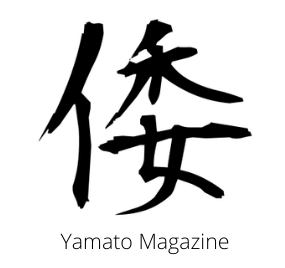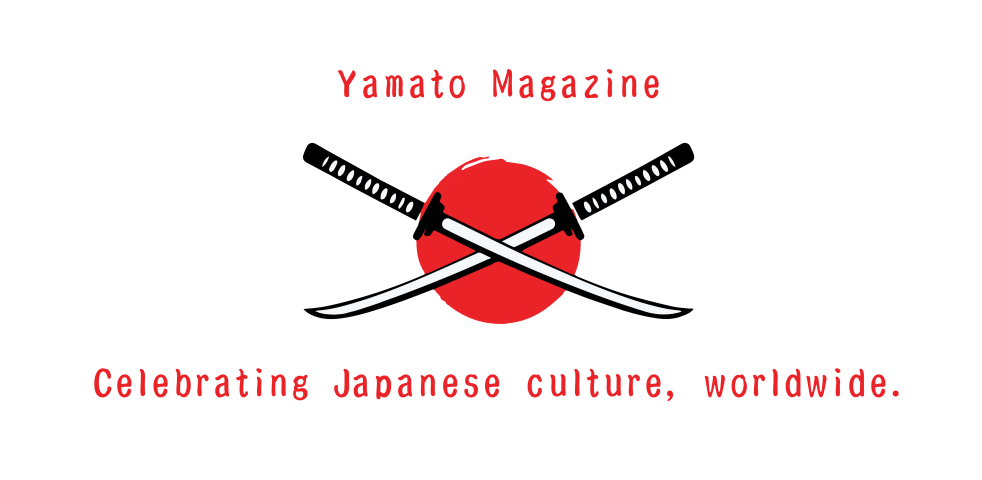
Twenty-five years ago, as Coolio topped the US charts and let us take a look around his Gangsta’s Paradise, on the other side of the world, just 3.3m bold adventurers chose to visit Japan as their holiday destination, ranking it a lowly 34th most visited country.
Ten years later, visitor numbers were over twice that and, despite a blip in growth due to the Fukushima incident almost a decade ago, Japan’s popularity hasn’t looked back.
One of the main reasons for this has been the popularity of Japanese food. And what goes well with all that yakitori, sashimi and okonomiyaki goodness? Well, beer of course, but also sake. In 2019 the sake export market was ¥23.4bn (up 25% from just two years earlier), more than triple that of 2009, with the largest importer being the United States, with China and Hong Kong second and third.
More recently, the world outside of Japan has connected the dots that many nations have a long history of making excellent fermented beverages so why not sake? America, to satisfy its growing thirst for sake and buoyant with its thriving craft beer industry, is leading the way with over 35 Sake breweries across the country, from Hawaii to New York.
But this is sake, and the world’s strongest fermented beverage comes with a unique set of challenges for your average brewer to overcome: ingredients, equipment, knowledge and education.
A unique set of challenges and a very broad set too. In this first article we’ll look at the practicalities, that is to say, “ingredients and equipment”. In a future piece, the more attitudinal challenges of “knowledge and education” will be addressed.
All sake is made with koji-kin, yeast, rice and water. Most sake scholars will tell you that koji-kin – the spores of the mold Aspergillus Oryzae – is the critical ingredient in this shortlist.
Up until recently, koji-kin just wasn’t available outside of Japan so brewers became quite creative about how they met this requirement. There are Sake industry myths around smuggled packets being sneaked through Customs but many defaulted to that other Japanese stalwart: miso.

New Zealand’s only sake brewery is located in Queenstown. Zenkuro’s Head Brewer is Dave Joll and he initially worked closely with a miso produced in Nelson to secure his koji-kin but still found consistency an issue.
Patrick Shearer, Head Brewer at Ben’s American Sake, had a similar experience advising that “Getting quality koji spores was specifically difficult. The former brewers at Ben’s had been using spores intended for making miso, once I was able to find a quality producer of ginjo grade spores it was an obvious game changer and we haven’t looked back”.
Now it is possible to purchase freeze dried koji-kin directly from Japan with just a few clicks although the number of choices available is still limited. Zenkuro is experimenting on site with bread provers to try and culture the koji-kin themselves.

“We have slowly built up relationships with our suppliers but there isn’t much competition or variety. I think this will take time, but we will have to build up demand”, Andrew Centofante, North American Sake Brewery Co-Founder & Head Brewer, advises.
In Japan, there are significant choices to be made when it comes to yeast, from highly floral and fragrant strains to less exuberant types, foaming or non-foaming as well as those which deliver more ginjo (think premium) expressions in the finished Sake.
For international brewers, the choices are not as broad but Japan will provide a small selection to recognised breweries. Zenkuro mentioned two non-foaming varieties – #701 and #901 – and was quick to point out that the situation of buying directly from Japan’s Brewers Association is better than it was. Nevertheless, the lack of choice has led some to seek out alternative solutions.
Wakaze Inc. from Yamagata Prefecture has set up a brewery in a Parisian suburb and uses French-made wine yeasts (something which ironically a number of Japanese breweries are also experimenting with), looking to have its product widely accepted by local consumers. A few breweries are even turning to ale yeasts.

Andrew Centofante has a different approach, saying “For yeast, I have borrowed some from other brewers and have a local yeast lab propagate it for me. It would be wonderful to be better connected to Japan’s supply of yeast”.
And so to rice. Sake rice (sakamai) is fatter and has a starch core, the shinpaku, that is noticeably larger than your average table rice’s. Nevertheless, this is not so much of an issue as it is relatively easy to acquire, in the US at least, as farmers in California and Arkansas grow a few suitable options like Calrose, a descendent of the legendary sake rice Yamada Nishiki.
In Australia, Melbourne Sake is confident that the Koshihikari rice grown on home soil might well be something they will use going forward.
So that leaves water. Surely that’s not going to be an issue, right? Well it’s not straightforward, that’s for sure, and it’s not possible to generalise globally. For recently opened Kato Sake Works in Brooklyn, local NYC water is good for fermentation with just a minimal filtration, so they are quite fortunate.
Further south, Ben’s American Sake is based in Ashville NC. Here the situation is interesting in that the water is perhaps too good, as Andrew Centofante explains: “The tourist office certainly says that the quality of water is why there are so many [beer] breweries here. I tend to disagree with this…it is overly chlorinated here in Asheville…we have a Reverse Osmosis water filter, so we can strip all the minerals out if we wanted to, but since the water is soft we just remove the chlorine”.

Tony Mitchell, Brewer at the UK’s stunning Dojima Sake Brewery, identifies water as the biggest challenge, requiring significant engineering, testing and rectification: “We were (are) very lucky in that we were able to drop a borehole 35m to get an excellent water source. Even so the hardness was off the scale so we had the headache of choosing a system for softening and basic filtration/iron removal. It was hard to get help from brewers in Japan because the vast majority of them don’t have to deal with the problem”.
Issue resolved, for now, but Tony wisely looks to future proofing, warning that “you can’t assume that you’ll get the same water quality/quantity indefinitely for decades to come”. This is certainly different to the situation in Japan which is blessed generally with wonderful quality soft waters which have been reliably used for centuries.
Kitting out even a small craft brewery is a potential money pit. Patrick Shearer sums it up simply: “Equipment is a big headache for us” and Shinobu Kato from Kato Sake Works agrees, saying “it’s not practical to purchase all the equipment from Japan”.
They, like many others, have turned to the local established beer and wine industry, modifying where necessary, and having custom made pieces only when required. Shinobu Kato explains: “we had to either custom build them or repurpose the off-the-shelf equipment designed for other industry. They are not proven solutions, so sometimes work but the other times don’t. And it’s time and money consuming”.
However, as the number of international sake breweries increase, things are starting to improve: “Over the last two years this seems to be changing. The Sake Brewers Association of North American has been doing great work putting brewers here in the US and in Japan together and making industry connections as well”, Patrick Shearer continues.
Interestingly, unlike Japan where breweries tend to be have been built where good water sources reside, international breweries are often found in more of an urban location. As a developing industry, sake cannot yet be regarded as destinational in the same way that the vineyards of Hunter Valley, for example, have no trouble attracting hordes of thirsty city folk from Sydney most weekends. This makes the rents comparatively high so it is no surprise savings are welcomed in the repurposing of equipment.
In the second article, we’ll learn just how important it has been for the success of international breweries to leverage relationships with their experienced Japanese counterparts, putting even more of a focus on having the right ingredients from the get-go. We’ll also consider the true reality of just how welcome local sake is, and could be, as a beverage choice outside of its home nation.
About the author:
Will Jarvis is based in Hong Kong and the author behind Sake Matters, focusing on the Japanese beverage and surrounding culture. Will has previously worked for a variety of international food businesses around the world, is a trained chef and certified Sake scholar. Web: http://www.sakematters.com | Instagram: @sakematters | Email: hello@sakematters.com
With special thanks to:
Ben’s American Sake – http://www.bensamericansake.com
Zenkuro – http://www.zenkuro.co.nz
Melbourne Sake – http://www.melbournesake.com.au
North American Sake Brewery – http://www.pourmeone.com
Kato Sake Works – http://www.katosakeworks.com
Dojima Sake Brewery – http://www.dojimabrewery.com
Sources:
United Nations World Tourism Organisation (UNWTO)
The Asahi Shimbun
Japan Times
South China Morning Post


Thanks, Will, it’s interesting to watch this unfold. I live in Melbourne and look forward to Melbourne Sake being available. Tried some Brooklyn Kura sake in NY last year… it was good. Definitely interested to check out Zenkuro, if that travel option opens… as Japan looks like a no-go for a little while. A year with no sake breweries is making me very sad. I look forward to reading the next instalment 😃
LikeLike